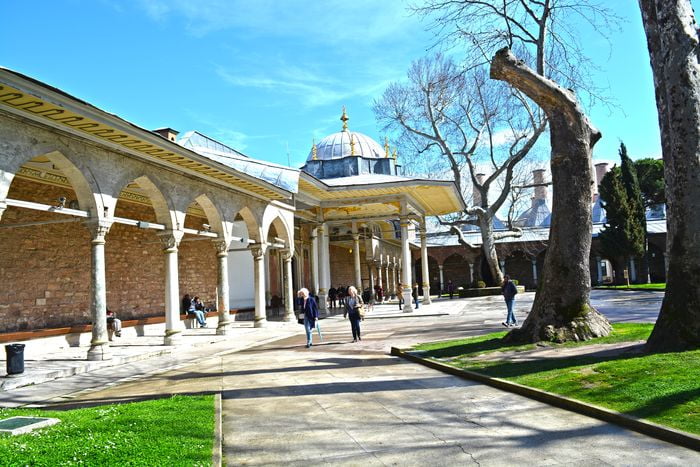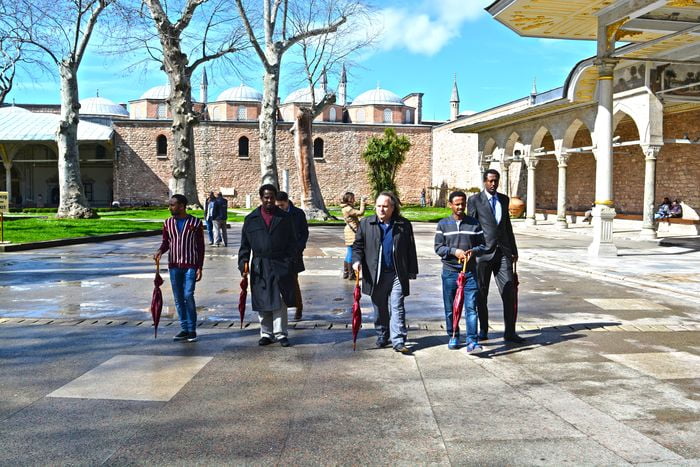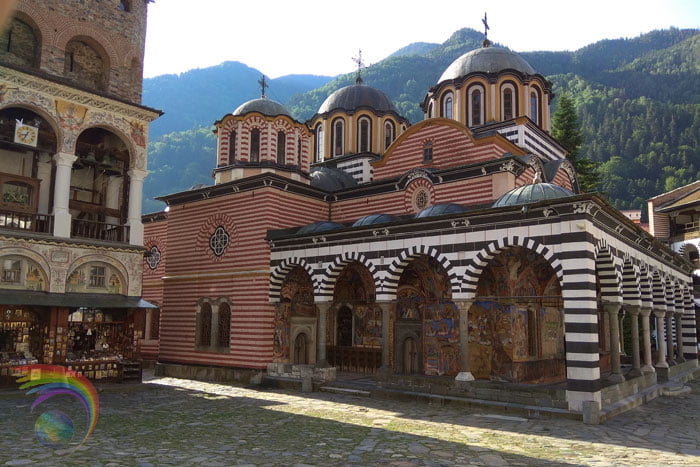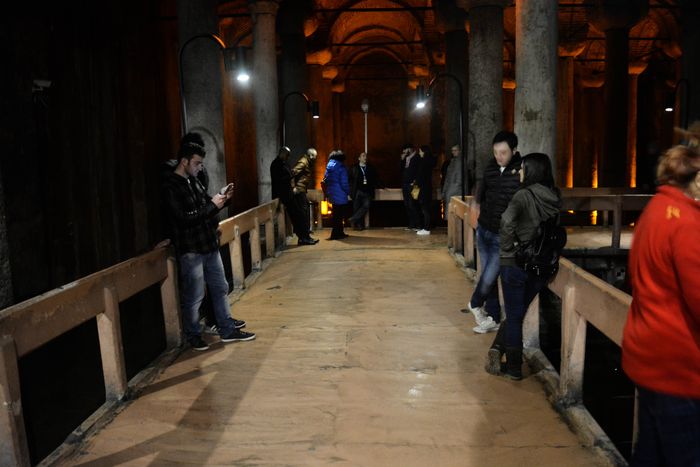We have seen that prophets worshipped angels, and men, and kings, and the impious, and even a staff. David says, “And you adore His footstool.” (Ps. 99.5) Isaias, speaking in God’s name, says, “The heavens are my throne, and the earth my footstool.” (Is. 66.1) Now, it is evident to everyone that the heavens and the earth are created things.
Moses, too, and Aaron with all the people adored the work of hands. St Paul, the golden grasshopper of the Church, says in his Epistle to the Hebrews, “But Christ being come, a high priest of the good things to come, by a greater and more perfect tabernacle not made by hand,” that is “not of this creation.” And, again, “For Jesus is not entered into the Holies made by hands, the patterns of the true; but into heaven itself.” (Heb. 9.11, 24) Thus the former holy things, the tabernacle, and everything within it, were made by hands, and no one denies that they were adored.
Authentic Testimony of Ancient Fathers in Favour of Images.
St Denis the Areopagite. From his Letter to Bishop Titus.
Instead of attaching the common conception to images, we should look upon what they symbolise, and not despise the divine mark and character which they portray, as sensible images of mysterious and heavenly visions.
Commentary.-Mark that he cautions us not to despise sacred images.
The Same, “On the Names of God.”
We have taken the same line. On the one side, through the veiled language of Scripture and the help of oral tradition, intellectual things are understood through sensible ones, and the things above nature by the things that are. Forms are given to what is intangible and without shape, and immaterial perfection is clothed and multiplied in a variety of different symbols.
Commentary.-If it be a good work to clothe with shape and form, according to our standard, that which is formless, shapeless, and without consistency, how shall we not make images to ourselves in the same way of things perceived through form and shape, so that we may bear them in mind, and be moved to imitate what they represent.
The Same, on the “Ecclesiastical Hierarchy.”
Now, if the substances (ousiai) and orders above us, of which we have already made reverent mention, are without bodies, their hierarchy is intellectual and above sense.
We supply by the variety of sensible symbols the visible order, which is according to our own measure. Those sensible symbols lead us naturally to intellectual conception, to God and His divine attributes. Spiritual minds form their own spiritual conceptions, but we are led to the divine vision by sensible images.
Read More about King Solomon of Kentucky part 11








